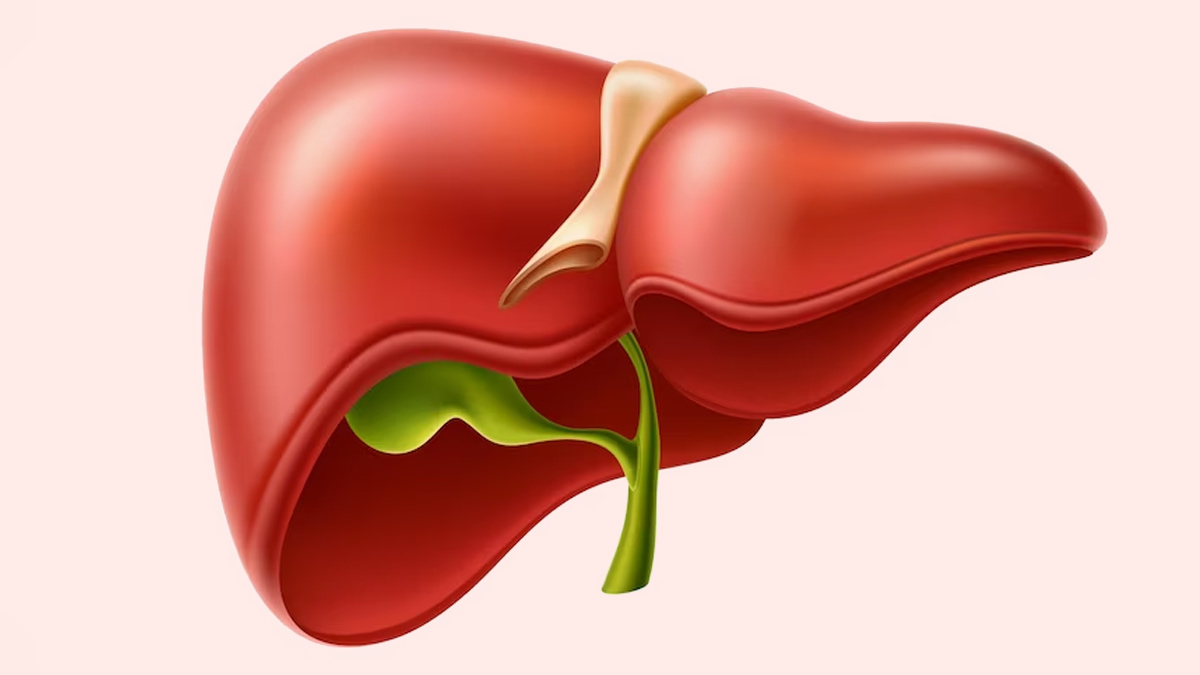
A lot of people are concerned about liver cirrhosis since it usually progresses silently in its early stages. This disease is caused by the gradual replacement of healthy liver cells with scar tissue fibrosis, which reduces the liver's ability to function normally. Vital role of the liver is in cleansing the body, promoting healthy digestion, and regulating metabolism, a weakened state can result in serious health problems.
Table of Content:-
“The patient may experience weariness, loss of appetite, weight loss, nausea, abdominal pain, and so on. Chronic alcohol misuse, chronic liver hepatitis B, C, and D, non-alcoholic fatty liver disease, cystic fibrosis, iron buildup in the body, and other factors are among the leading causes of liver cirrhosis,” said Dr Reema Kashiv, Senior Physician from Noble Hospital in Pune.
Also read: Immediate Steps To Take After A Liver Cirrhosis Diagnosis
People with liver cirrhosis should avoid drinking alcohol. Furthermore, maintaining a healthy weight and eating healthy foods is a vital preventive factor. Recognising the silent signs early on can be important for avoiding further damage and properly managing the condition.
Know About Liver Cirrhosis
Liver cirrhosis does not develop overnight. It is the result of chronic liver damage. Chronic alcohol misuse, hepatitis B and C infections, nonalcoholic fatty liver disease, and autoimmune liver illnesses are among the most common causes. As the liver works to repair the injury, scar tissue accumulates, impairing the liver's function.

The Global Burden of Disease (GBD) Study 2017, published in the Lancet, found that 11.2 crore persons had compensated cirrhosis. The study found that the illness led to almost 13.2 lakh female fatalities and 8.83 lakh male deaths worldwide.
Silent Symptoms of Early Cirrhosis
The early stages of liver cirrhosis are especially insidious since symptoms may be minor or absent. When symptoms do arise, they might be readily disregarded or misdiagnosed for less serious diseases. Early signs include:
- Fatigue and Weakness: A general feeling of tiredness that doesn’t improve with rest.
- Mild Abdominal Pain or Discomfort: Often dismissed as indigestion or bloating.
- Loss of Appetite: Leading to unintentional weight loss.
- Nausea or Occasional Vomiting: Which can be mistaken for stomach bugs or food poisoning.
Advanced Symptoms Indicating Progression
As cirrhosis progresses, more pronounced symptoms may emerge, signalling significant liver damage:
- Jaundice: Yellowing of the skin and eyes, indicating a buildup of bilirubin because the liver can’t process it efficiently.
- Ascites: Accumulation of fluid in the abdomen, causing swelling and discomfort.
- Oedema: Swelling in the legs and ankles due to fluid retention.
- Bruising and Bleeding Easily: Resulting from the liver's diminished ability to produce clotting factors.
- Itchy Skin: Caused by bile products deposited in the skin.
- Dark Urine: Resulting from excess bilirubin excreted through the kidneys.

How To Recognise the Risk Factors
Managing risk factors is important in preventing cirrhosis or detecting it early. These factors include:
- Excessive alcohol consumption
- Chronic infection with hepatitis B or C
- Obesity, leading to non-alcoholic fatty liver disease
- Genetic predispositions to liver disease
Also read : What Is Liver Cirrhosis? Know Its Causes, Symptoms and Prevention
Preventive Measures and Early Detection
Preventing liver cirrhosis involves addressing the modifiable risk factors:
- Limiting Alcohol Intake: Reducing consumption to moderate levels or abstaining altogether.
- Healthy Eating and Exercise: To manage weight and reduce the risk of fatty liver disease.
- Regular Medical Checkups: Especially for those with a family history of liver disease or other risk factors. Blood tests and imaging studies can help detect liver issues early.
Given the liver's resistance, early-stage cirrhosis can frequently be controlled or its progression halted with lifestyle changes and medicinal intervention. However, the silent nature of the disease highlights the significance of frequent health tests and being aware of any symptoms.
If you have risk factors for liver disease, discuss them with your doctor to determine the best prevention and monitoring strategies.
Also watch this video
How we keep this article up to date:
We work with experts and keep a close eye on the latest in health and wellness. Whenever there is a new research or helpful information, we update our articles with accurate and useful advice.
Current Version